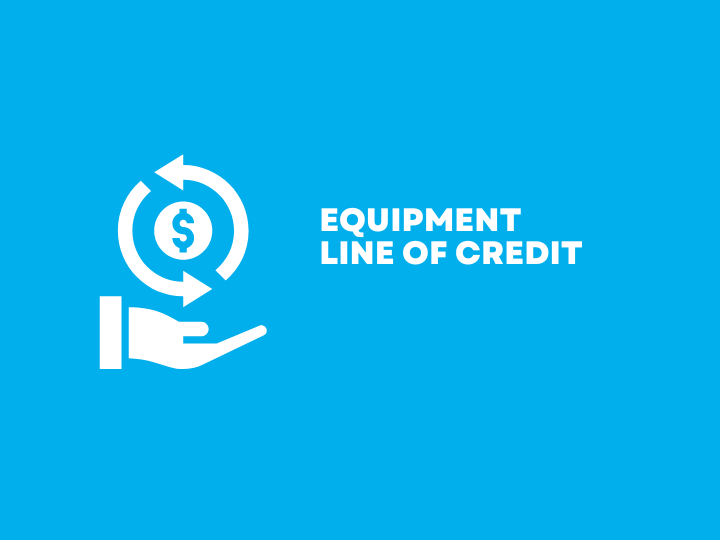If your business involves the use of equipment, you may be able to get an equipment line of credit using that equipment as collateral. This can be a great way to get access to cash without having to take out a traditional loan. There are two ways to get cash from your equipment:
- A revolving or installment line of credit from a traditional bank secured against your equipment
- An equipment sale leaseback using only the value of your existing equipment
In this blog post, we’ll discuss how you can use an equipment sale-leaseback to access cash from your equipment.

What is an equipment line of credit?
Using the existing equipment your business owns, you can pull cash out of that equipment based on the current valuation. Working with a lender, this cash may be structured as a loan, line of credit, or equipment sale-leaseback. Different lenders have their underwriting guidelines.
How can I get a line of credit using my equipment?
The first step is to determine the value of your existing equipment by requesting a deal review. After review, a specialist will determine which lending programs are best suited based on the credit profile as well as the type of equipment. If your business or personal credit history is less than perfect, an asset-based transaction like an equipment sale leaseback uses the value of the equipment as collateral and a specific credit score or credit history is not needed.
What are the benefits of using my equipment to get a line of credit?
When you already have an asset like equipment, this allows the business to secure financing based on the valuation of the equipment. With an equipment sale leaseback, you can get working capital into your business without extensive documentation or financial requirements.
Are there any risks associated with using my equipment as collateral for a line of credit?
As with any asset-backed financial instrument, if you pledge collateral and default on your loan or lease, the lender may repossess the equipment that was used. Generally, lenders will always want to work with borrowers to catch up on payments before it comes to that.
How can I decide if an equipment line of credit is right for my business?
Here are some general factors to determine if an equipment line of credit might be right for your business:
- Your business needs working capital to fund business operations, expand, or acquire additional equipment
- You have existing equipment with sufficient valuation for the line of credit or equipment sale-leaseback
- Your existing banking relationships are unable to provide you with additional financing
What is the interest rate on an equipment line of credit?
When utilizing an equipment sale-leaseback to get cash from your equipment, you can expect to pay a higher interest rate over what the banks use to establish rates published by the Federal Reserve. This is mainly due to the higher risk a lender takes due to solely basing the deal on the equipment and not the financial strength of the business.
What are the requirements for an equipment line of credit?
With a collateral-based line of credit or equipment sale-leaseback, the principal requirement is based on the value of your existing assets: your equipment. If your existing equipment valuation is sufficient to cover the amount of cash you need, the main requirement is met. To find out how much your existing equipment is worth, request a deal review.
What are the repayment terms for a line of credit?
The repayment terms will vary based on the lender, the type of equipment, and the amount of financing you need. If it is a traditional line of credit, the terms can be revolving or fixed term. In the case of an equipment sale leaseback, they are generally structured in 2 to 5-year terms, and sometimes up to 10 years.
Conclusion
An equipment line of credit structured or an equipment sale-leaseback can be a great vehicle if your business has existing equipment, needs working capital, and cannot obtain financing based on your business financials or credit history.